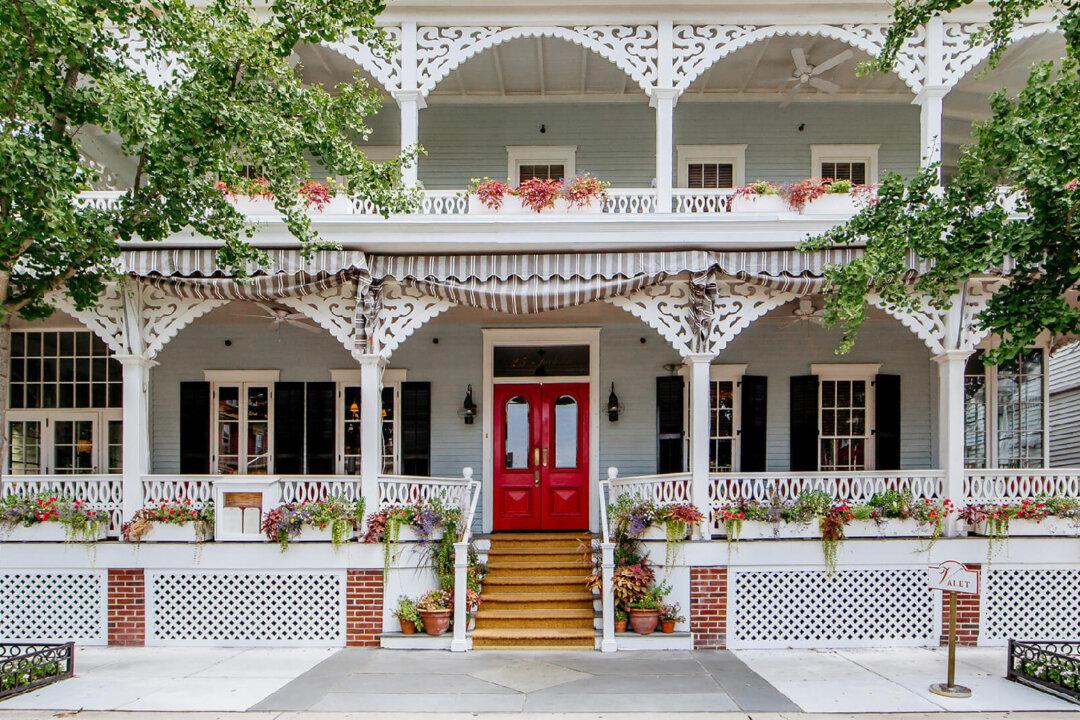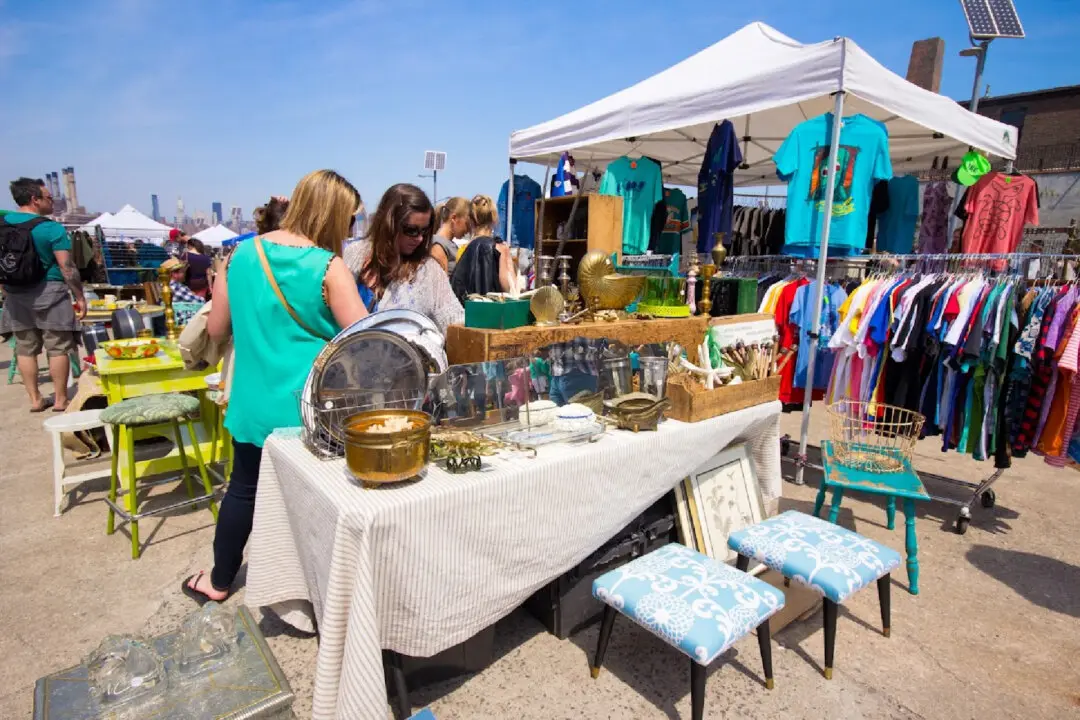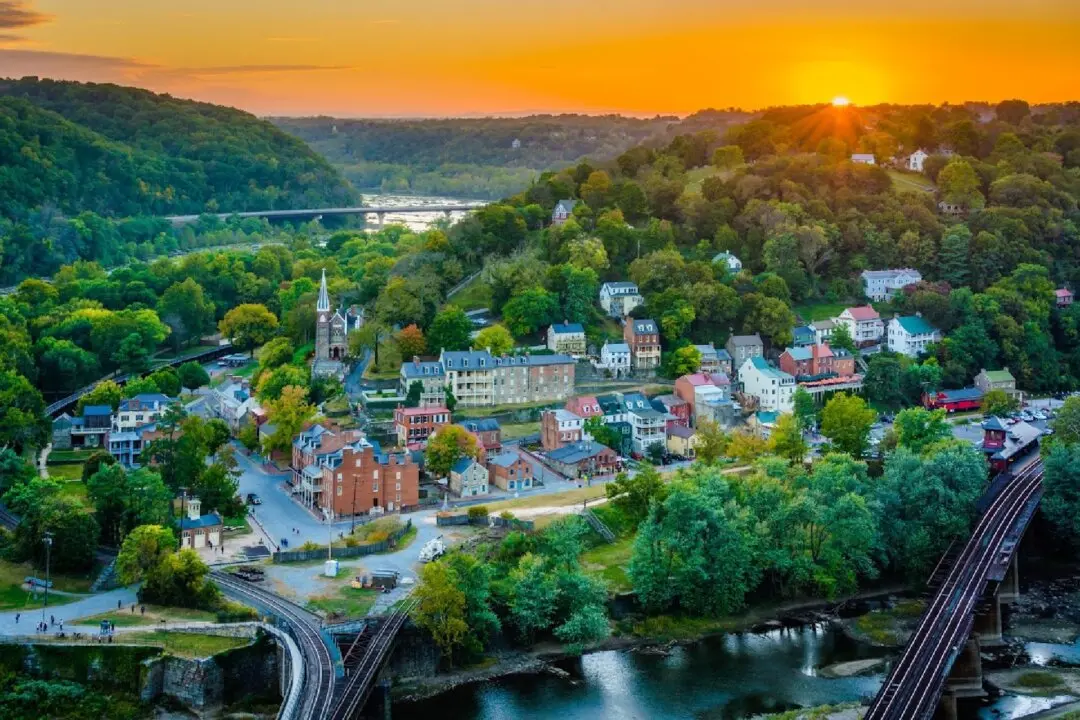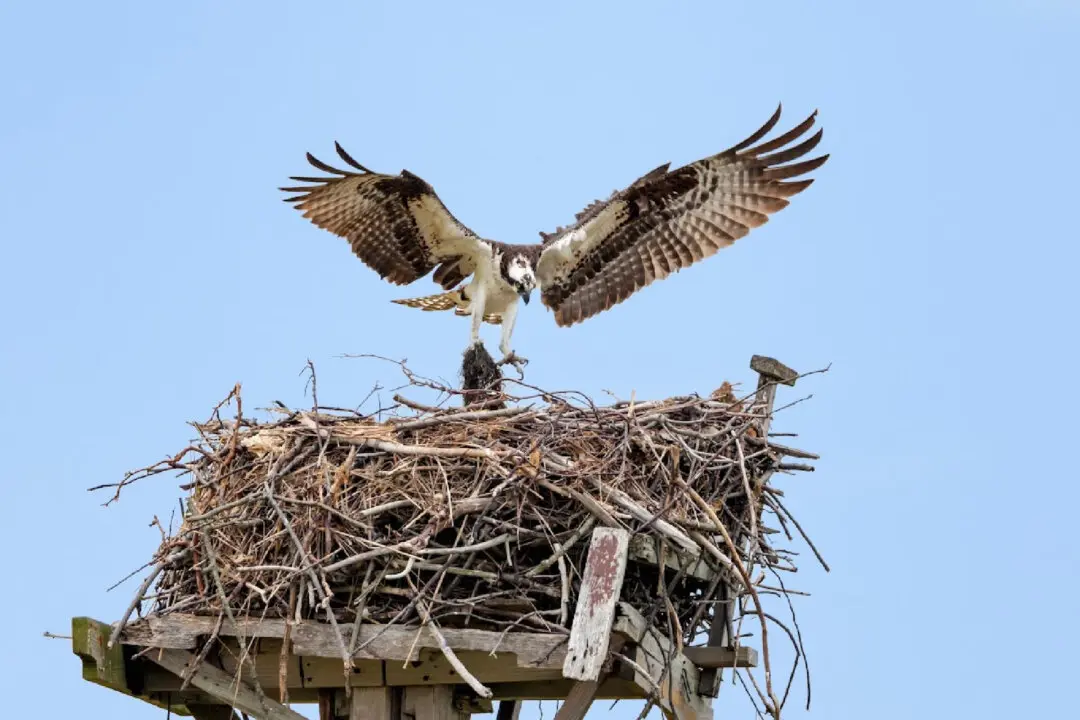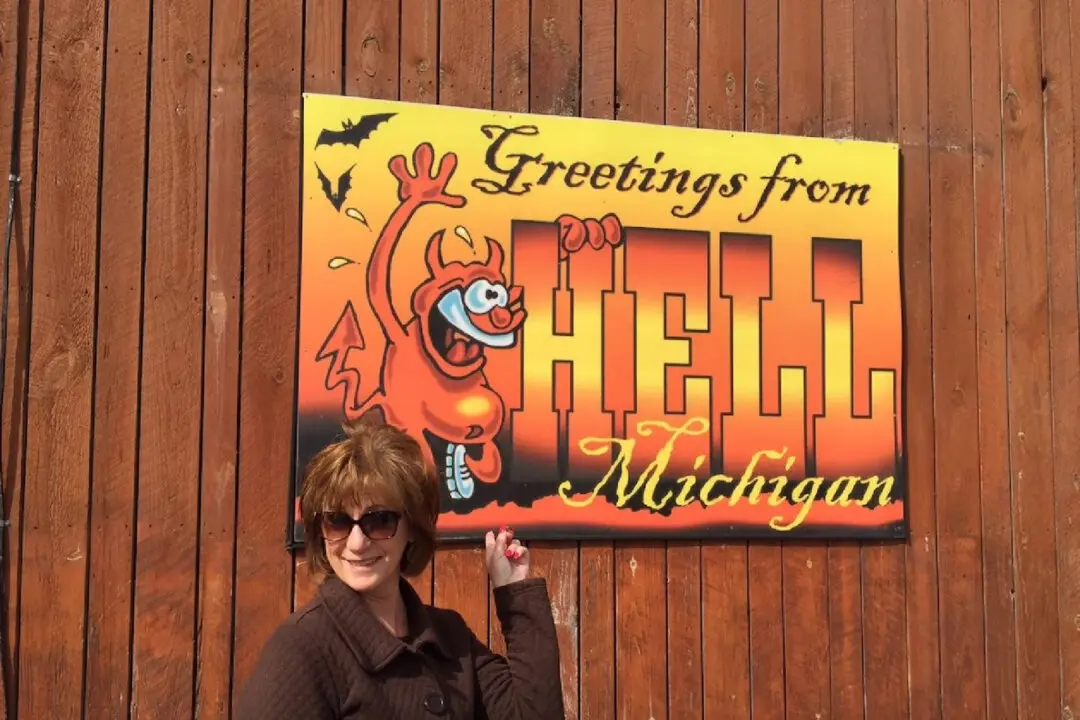After strolling along a lovely stretch of Atlantic Ocean beach that fronts Cape May, New Jersey, my wife, Fyllis, and I decided to check out some of the town’s other attractions. We dropped by the towering lighthouse, which has beamed warnings to ships since 1859.
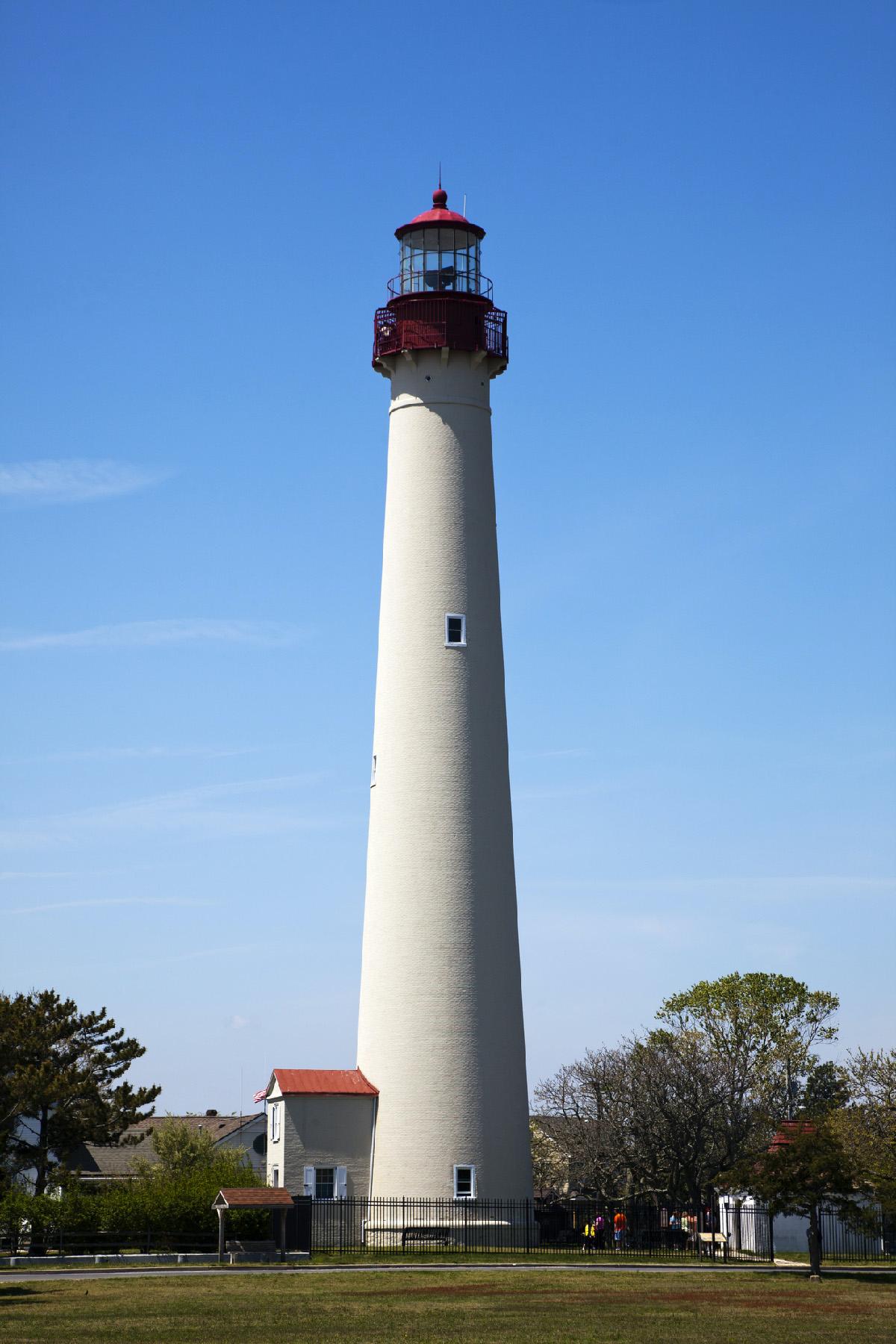
The Cape May Lighthouse in Cape May, New Jersey, has been sending out beacons to ships since 1859. Photo courtesy of Sylvana Rega/Dreamstime.com

